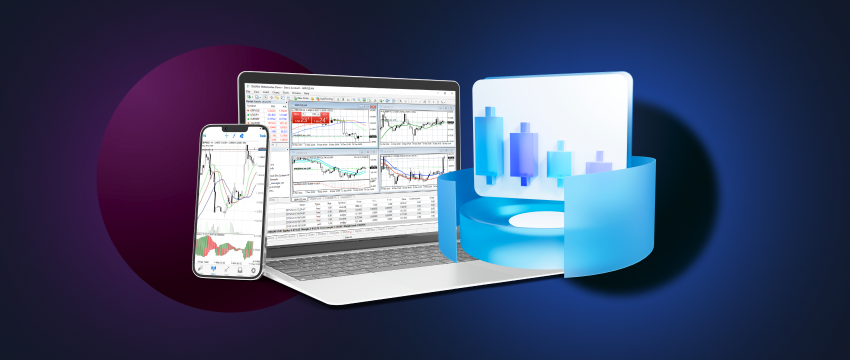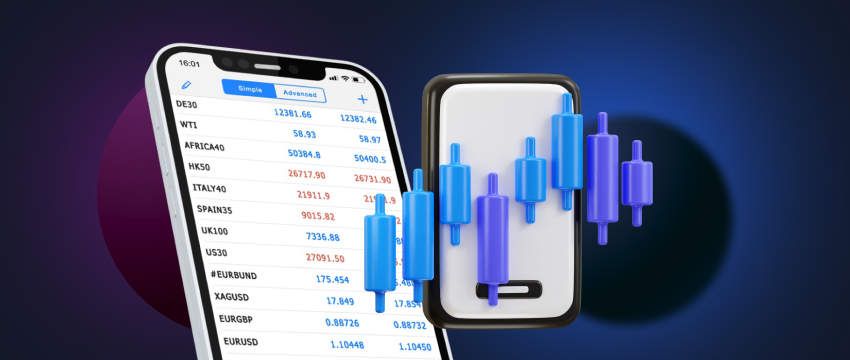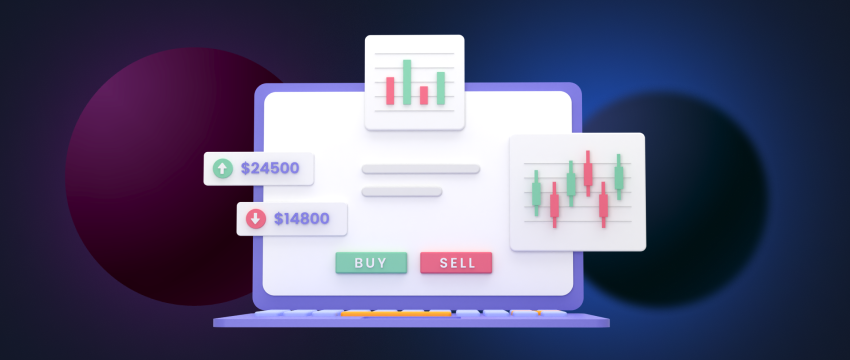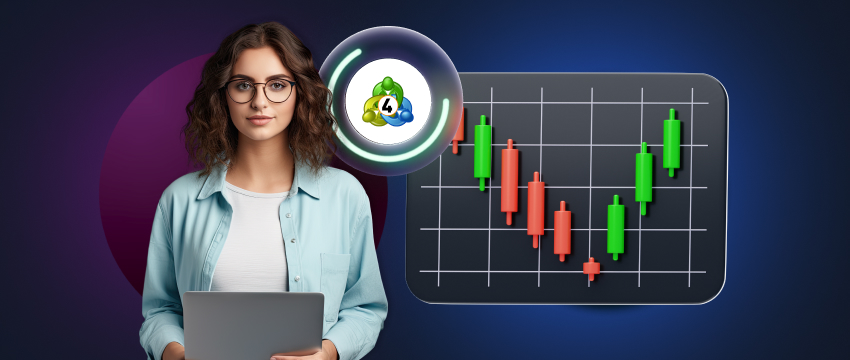In forex trading, leverage is a powerful tool that can help beginner traders potentially earn more with a small amount of funds. Even though can help to increase potential returns, it can also magnify losses if not used in the right way. Therefore, one of the most important decisions for beginner traders is determining how much leverage to use for their trades.
This article will consider different aspects of leverage for beginners, the appropriate to use, and provide tips on how to use it effectively.
Understanding leverage
Leverage is expressed as a ratio, representing the amount of money you can control with your initial investment. In other words, gives you access to (and control) of more money than you have deposited in your trading account. For instance, if you are trading with 1:10 , you can control $10,000 for every $1,000 you deposit in your trading account.
Although can be used in all types of trading, it is most commonly used in forex and CFD (Contract for Difference) trading. These markets are extremely volatile, so prices can move quickly. Therefore, leverage is an effective tool for generating profits, but losses can also be magnified if you are not cautious.

Opportunities and risks
Beginner traders should be aware of both the opportunities and risks of using leverage. Let’s examine the potential opportunities and risks:
Trading larger positions
Leverage allows you to open positions bigger than the balance in your trading account.
Potential for bigger profits
Controlling a larger position size provides you with a better chance of earning higher profits from successful trades.
Portfolio diversification
With leverage, you can diversify your portfolio across different currency pairs in order to spread the risk.
Lower capital requirements
Allows you to participate in the financial markets with lower capital requirements.
Increased losses
While can increase profits, it can also increase losses as the market can move unpredictably.
Margin calls
Leverage can lead to margin calls when your margin falls below the required percentage. This means you will need to deposit additional funds into your account.
Proper risk management required: Effective risk management is essential when using leverage to mitigate the risk of potential losses.
Choosing the right leverage
It is important for beginners to start with low leverage as this will help to limit losses and manage risk more effectively. Starting with a low leverage of 1:10 is generally a good rule of thumb. This means that you can manage a position of $10,000 for every $1,000 in your trading account.
Options vary amongst different brokers; some offer as high as 1:500. However, this is not advised for beginner traders as high should only be used by experienced traders who have a solid grasp of the markets and proper risk management strategies.
When considering leverage, research and compare different brokers to find one that offers the most suitable for your trading style and risk tolerance. Common options are: 1:10, 1:20, 1:50, 1:100, 1:200, and 1:500.

The importance of leverage for beginners
Leverage can be a useful tool for new traders, but it is important to use wisely for a number of reasons:
Limits potential losses
- With low leverage, you can limit your potential losses and avoid margin calls.
Allows gradual learning
- Beginning with low leverage allows you to learn about the markets gradually and how to manage risk before increasing.
Develops discipline
- Low leverage helps you to make disciplined decisions and avoid taking on too much risk.
Moving on to higher leverage
- By starting with low , you can gain confidence in the markets before using higher.
Maximising profit potential with leverage
As already mentioned, leverage can be used to maximise profits.
Here are some tips on how you can achieve this:
Understand the risks involved
You should only use leverage with funds you can afford to lose.
Start small
It’s better to open smaller positions if you don’t have a lot of trading experience, and slowly increase as you gain more experience.
Use leverage in trending markets
Leverage is most effective in trending markets, offering opportunities to capitalise on price movements.
Implement risk management tools
Use stop-loss orders to limit potential losses. A stop-loss order will automatically close a trade if the market moves against your position.
Monitor market volatility
Keep track of market volatility and adjust leverage accordingly. To limit excessive risk, it is advisable to lower your leverage in highly volatile markets.

How to prevent errors with leverage
It’s important to avoid common errors when you use leverage. Here’s what you need to think about :
Over-leveraging
- Over-leveraging can lead to large losses, so start with low leverage and increase it as you gain experience. The forex market can be very volatile, and prices can change quickly and unexpectedly. Can have a greater impact on price movements, which can result in gains as well as losses in a very short period.
Not understanding margin
- With leverage, it’s important to have enough funds in your account to cover potential losses from market fluctuations. Keep an eye on margin requirements to make sure you have sufficient margin for your trades. If margin requirements increase, you might need to add more funds to your account to maintain your positions.
Do not chase losses
- Trying to recover losses through leverage can lead to even bigger losses. Stick to your risk management plan and do not allow emotions to determine your trading decisions.
Practice using a demo account
Many brokers offer demo accounts that allow you to practice trading with virtual funds. This is a good way to become familiar with leverage before risking real money. Demo trading accounts simulate real market conditions, allowing you to get a sense of how works in a live trading environment. You can test different leverage levels and see how your trading strategies perform.
Continue learning
The forex market is constantly changing, so regardless of how experienced you are, continuous education is very important especially when it comes to using leverage sensibly. Gain as much knowledge as you can about the financial markets, risk management strategies, and trading techniques.
Global broker T4Trade offers a wide range of trading resources to help traders expand their knowledge. Through T4Trade’s Academy, traders can access helpful educational resources such as eBooks, webinars, videos on demand, podcasts, and more. Their informative Blog posts also provide valuable trading education.
Conclusion
Leverage is a powerful tool for beginners, but using it safely is absolutely essential. You should understand the risks involved, start small, set stop-loss orders, and consider margin requirements. By following these guidelines, you will be in a better position to manage leverage in a way that will limit your potential losses. It’s also important to continuously educate yourself about leverage and its impact on your trades. By following these tips and using safely, you will have a better chance of success in the markets.
Disclaimer: This material is for general informational and educational purposes only and should not be considered investment advice or an investment recommendation. T4Trade is not responsible for any data provided by third parties referenced or hyperlinked in this communication.




